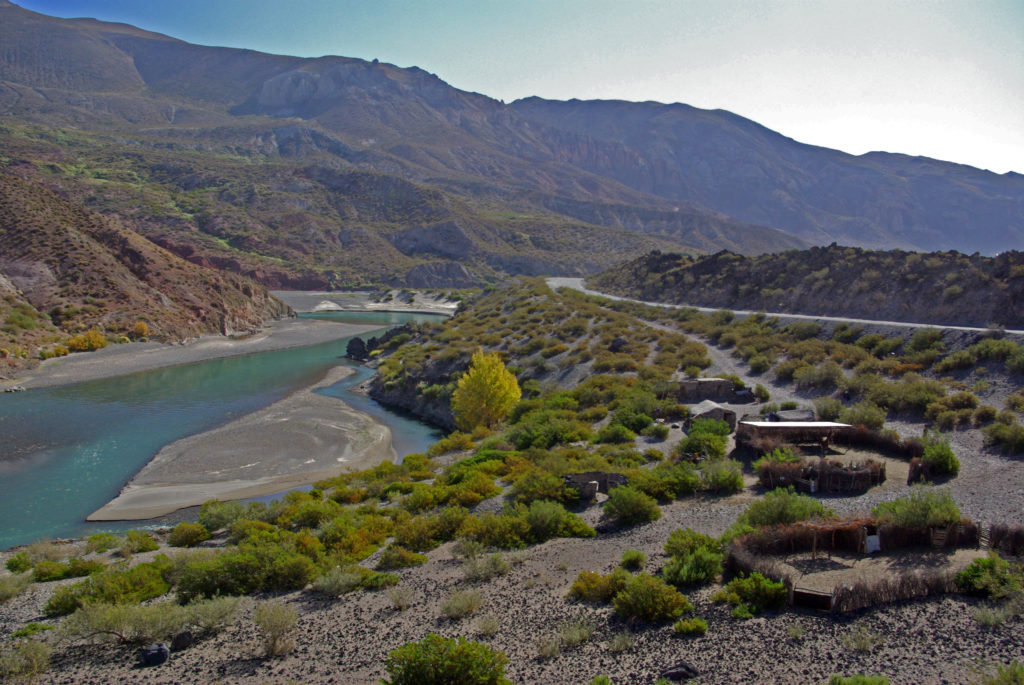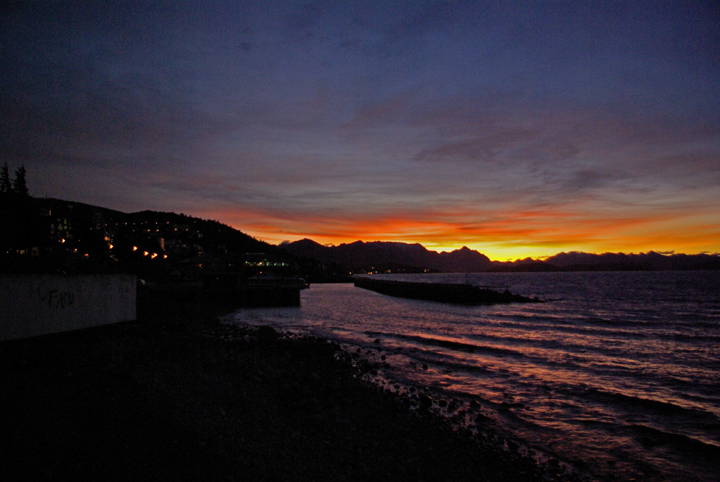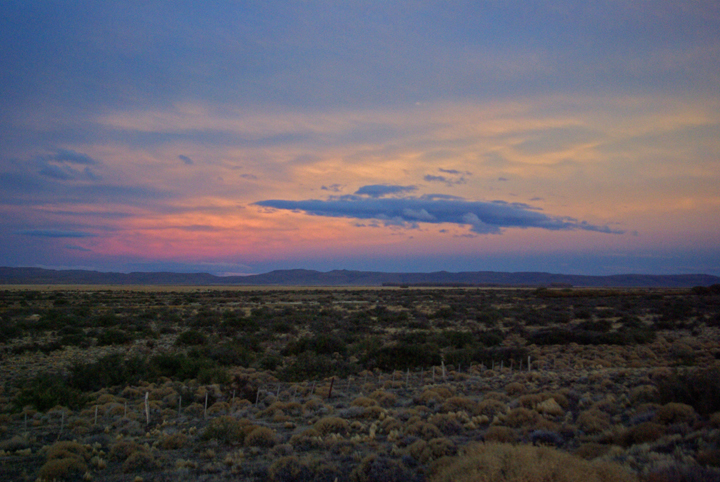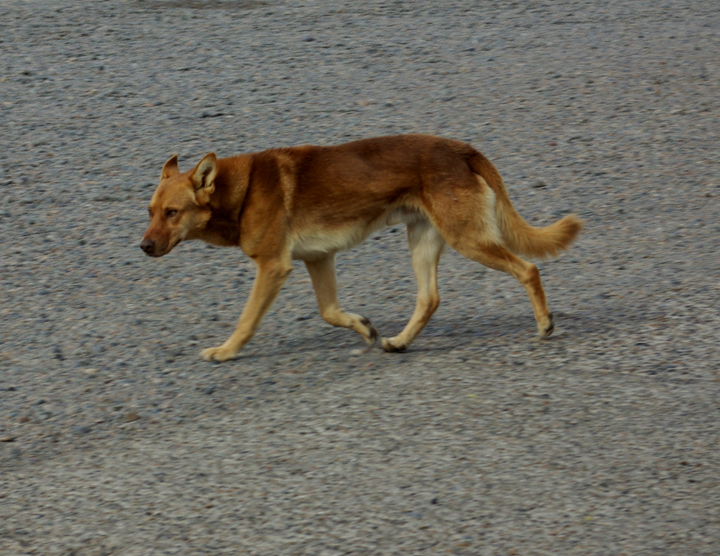
Moreno, Argentina. April, 2009. The peak of the worst dengue fever epidemic in the history of the country. I am here to go agate hunting in the west of the country with my friend, Luis. Moreno seems like a pleasant place but I am warned of teenage gangs that will kill you for a dollar. Luis and his then-girlfriend and I had a lovely brunch at a grill on Sunday. It gave me a special look into the culture that I appreciated greatly. And the food was excellent.

Luis grilled steak for my first night. It’s customary when receiving guests into your home.


We took the train into the city in order to rent a car from some dude Luis knows. Because Luis smokes, we rode in the bicycle/smoking car. Earlier that year the train stopped with no explanation between stations and the riders set it on fire. What a trip.

This is the subway in Buenos Aires. After a few more stops we were crammed in like the cells in a honeycomb and someone tried to pick my pocket. Frottage everywhere.
We stopped for lunch at a fancy place where the first thing they do is pour your wine and bring warm bread and butter. Best beef I have eaten ever!

The next set of pictures is in San Rafael in Mendoza province, which we reached after a 14-hour, death-defying trip across the four provinces Buenos Aires, La Pampa, San Luis, and Mendoza. More excellent beef on the way in San Luis.

Our
hotel. I shared a room with Luis who smoked in the room and snored like a
grizzly bear.


Chronologically, this is where the agate hunting part came, but I put all that on another page. There’s a lot of water in the west of Argentina. Mendoza is beautiful. Many orchards and vineyards.
Luis needed to go back to Moreno, so he took the bus and I kept the car and tooled around solo for another ten days, visiting the four provinces that comprise Argentine Patagonia: Neuquen, Rio Negro, Chubut, and Santa Cruz. The next pictures are the road south.






The map showed this major north/south highway that runs along the foothills as paved – it was like this for 100 miles.









Then I reached the resort town of San Carlos de Bariloche in the Patagonian Province of Rio Negro, trout fishing in the summer and skiing in the winter. The lake is huge.
It is reminiscent of the 1950s in the US in some ways. I enjoyed a leisurely trout dinner at a fancy restaurant. The city and some of the populace have a distinct German quality. The downtown is quaint and attractive but plagued by packs of wild dogs and their ubiquitous leavings.


I ran into another American in town and we discussed where we were staying. He said his place was nice but expensive at $200 US a night. I said, “My place is $12.” It wasn’t bad. I took a hot bath.













After this I headed over to the coast and crossed a horrible, stinking windblown desert. The main paved highway here has dissolved over the cruel years – the edges have simply crumbled to dirt, making the highway ever narrower, so that everyone has to drive in the center, as in you come to a crest of a hill and there’s a bus or a goat truck in your face. I had to drive into the late night in high winds to find a place to sleep in Chubut Province, which is the Texas of Argentina, dominated by the oil industry. At one point at the outskirts of the smelly port city of Comodoro Rivadavia, I had to maneuver around a huge wind-downed light pole. I stayed on the eighth floor of an aging hotel. The city buzzed all night with casinos.
From there I drove south into Santa Cruz Province and to Petrified Forests of Jaramillo National Park, as it is now known. The 50-mile gravel road to the Petrified Forest was “paved” with fist-to-toaster-sized sharp rocks. It did a job on the bottom of my rental which already had a broken headlight cover and some rock damage from when we drove off the road to avoid a head on collision on our way to Mendoza, when Luis was driving.

















Found a groovy old hotel in Caleta Olivia, a very nice small city on the coast. My car had its second flat tire in the morning. It seemed like a nice city and I felt I got a good feel for it as I walked all over waiting for my laundry to get done.







